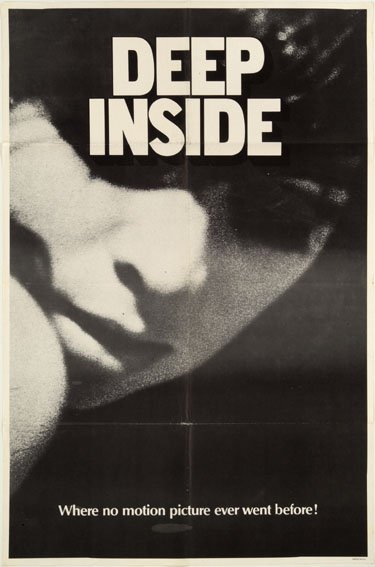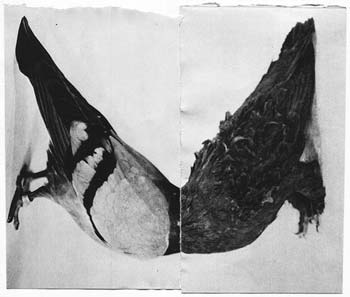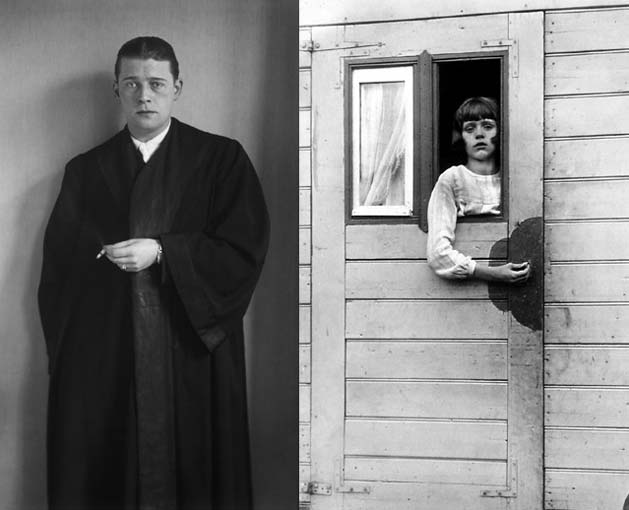‘A new scientific truth does not triumph by convincing its opponents and making them see the light, but rather because its opponents eventually die, and a new generation grows up that is familiar with it.’ –Max Planck
Billions of brain cells are communicating at any given moment. Like an organic supercomputer they keep everything going, from breathing to solving riddles, and “programming errors” can lead to serious conditions such as schizophrenia, Parkinson’s Disease and Attention-Deficit Hyperactivity Disorder.
{ University of Copenhagen | Continue reading }
One of the great puzzles of cell biology is how information is stored, processed and passed from generation to generation at the biochemical level.
By far the most famous mechanism is the sequence of nucleotides in DNA. However, in recent years a number other data storage mechanisms have emerged, so-called epigenetic processes, and their role is under fierce debate. For example, the pattern of methyl groups attached to DNA seems to be an important data storage system as do modifications to the proteins that control how DNA is packaged.
Today, Georg Fritz at the University of Cologne and a few buddies put forward a new idea. They say that a simple network of genes can act as a conditional memory, that either stores or ignores information when it is told to do so. “The circuit behaves similarly to a “data latch” in an electronic circuit, i.e. it reads and stores an input signal only when conditioned to do so by a “read command,” say the group.






















